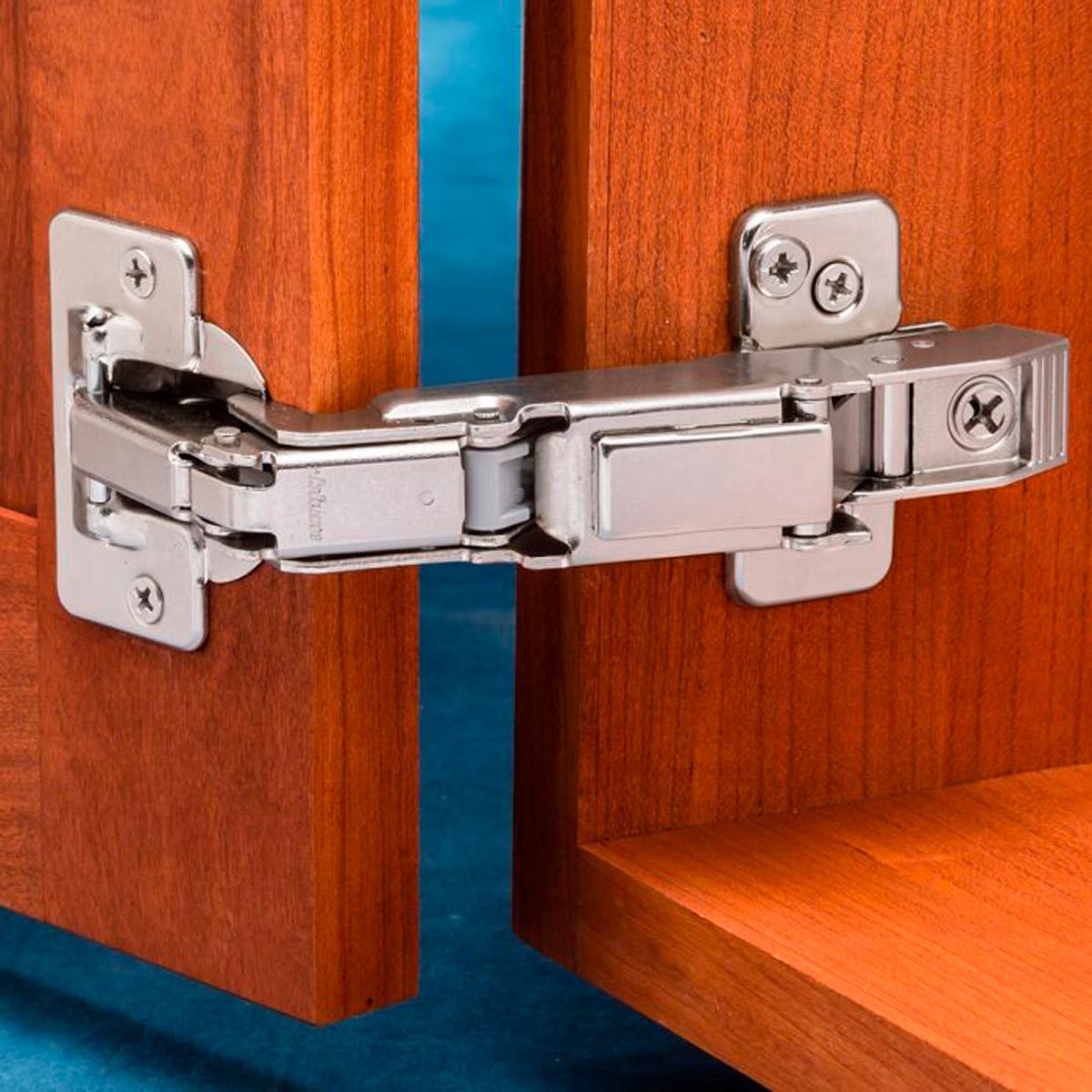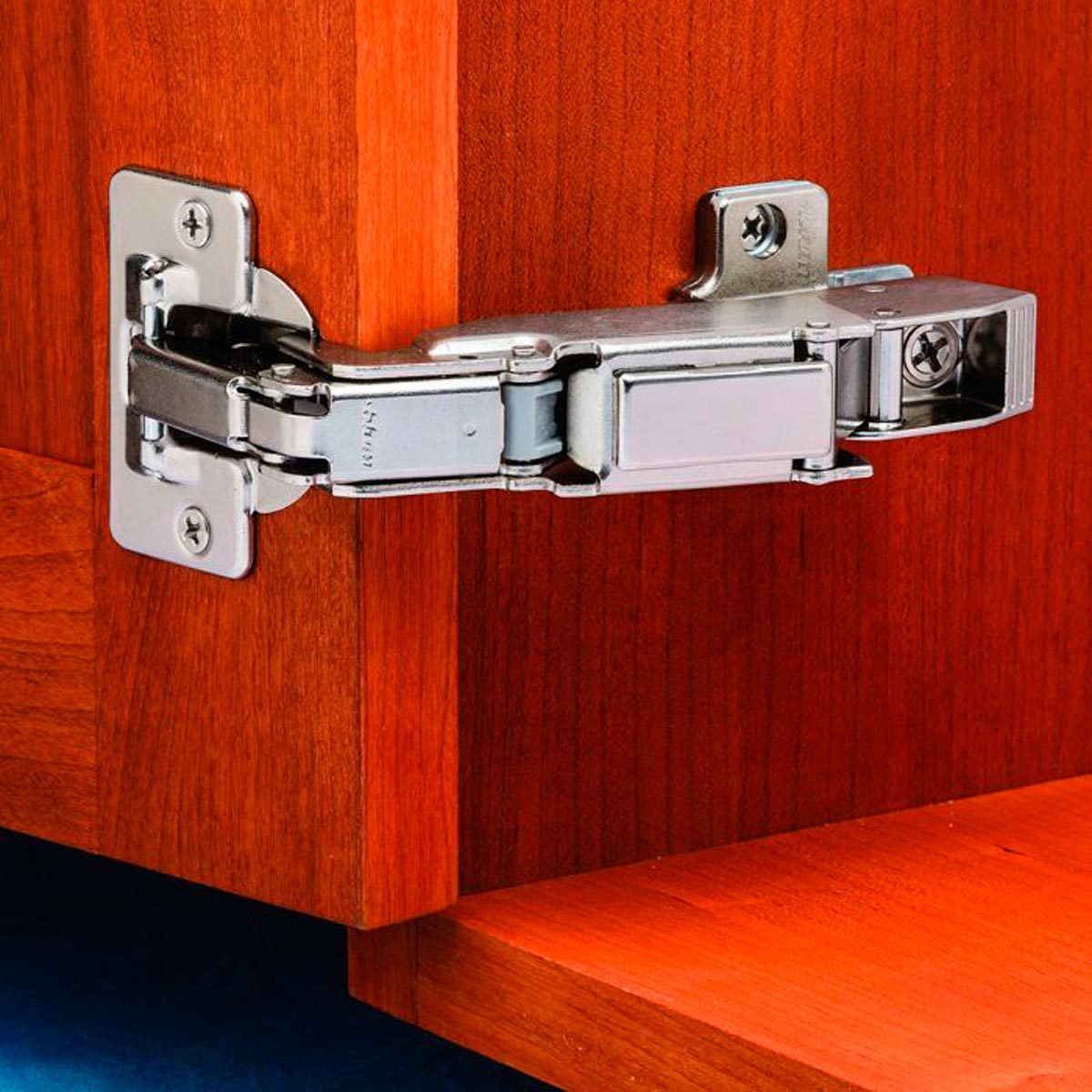There’s something magical about a door with a concealed hinge. From the outside, there’s no visible hardware to detract from the door’s appearance. It’s only when you open the door that the magic—a hidden hinge—is revealed. Beautiful and useful, here’s how you can add some concealed-hinge magic to your home.
What Is a Concealed Hinge?
Concealed hinges—also called invisible, hidden and European—are used on entry and interior doors, cabinets and furniture. They’ve been around for a long time. Soss, a well-known brand, has been making them for more than 100 years.
What Are Their Advantages?
Because they’re not seen from the outside, they provide a smooth, uninterrupted appearance that’s aesthetically pleasing. They also provide security, because they can’t be tampered with from the outside. European-style hinges, which are typically used in cabinetry and furniture, have additional benefits: You can adjust the way a door hangs after installation, which means they’re more forgiving than traditional hinges because you can accommodate slight construction imperfections. Some European-style hinges also have a soft-close feature. And they have a mechanism that makes it possible to remove cabinet doors without having to remove the hinge.
When Are Concealed Hinges Used?
Choose concealed hinges when you want a cleaner look to cabinets, furniture and doors. The European style is popular in kitchens and bathrooms, and can be used on frameless or face-frame cabinets. Concealed hinges are also used on entry and interior doors, both for their aesthetics and security. Their appeal comes with a price, however. They’re more costly than traditional hinges (from $5 to hundreds of dollars, depending on the application), so they’re often used selectively, when the finished appearance of a door or cabinet is most important.
Which Concealed Hinge Should I Choose?
The type of concealed hinge you need depends on the application.
For cabinets (or furniture), the European-style concealed hinge you choose depends on the cabinet’s construction:

• Full overlay hinge: For single cabinets or those at the ends of a series of cabinets

• Half overlay hinge: When two doors share the same partition

• Inset hinge: For doors that are flush with the face of the cabinet
There are many companies that make European-style hinges. Some well-known brands include Soss, Blum and Amerock.
For entry or interior doors, the choice will be based on the size and thickness of the door and how many hinges you want to have. Popular brands include Soss and Tectus.
Article source here: Everything to Know About Concealed Hinges
Article source here:


No comments:
Post a Comment